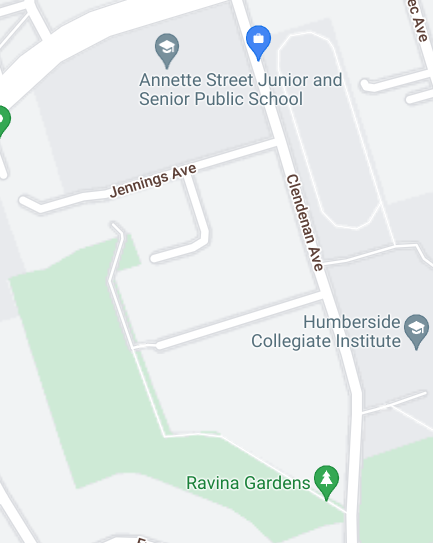What is a Community Circle?
Circle is when families, students and staff gather together at the start of the school day. This practice is one of the ways that we integrate Indigenous perspectives at the school. Many Indigenous cultures have beliefs that center around circles. For some, the circle represents cycles in the natural world, connection, equity and wholeness. We use this time to connect as an Intentional Community (Pillar #1), share information and learn.
When and Where does it occur?
We will gather on the field at Ravina at the start of the school day; 8:50am. 
Circle typically lasts 15-20 minutes. This year, teachers and select students will lead each circle; next year, we hope to engage our Caregiver Community.
Wednesday, November 29th 2023
Wednesday, February 28th 2024
Wednesday, May 29th 2024
What does Circle entail?
-Welcome + Land Acknowledgement
-Sharing (e.g. class work, poetry, singing, read-alouds, artwork, etc.)
-Closing
|
Roles of Community Members During Welcoming Circle
|
|
Shared Responsibilities
-arrive on time (8:50am; supervision begins at 8:40) -join the circle with your classmates -greet others within the circle
-listen attentively when others are speaking -promote active listening from others nearby
|
|
Families
|
Students
|
Staff
|
|
-ensure transfer of care of their child to teacher (if unable to stay)
-find a place within the circle with your child
(if able to stay)
|
-report for attendance by 8:50
-gather near their classmates
-help facilitate circle (when it's their turn to lead)
|
-supervise students and complete attendance
-help facilitate circle (when it's their turn to lead)
-introduce occasional teachers
|
Lower Parking Lot
We have limited spaces in our parking lot for staff use; if you plan on driving to Community Circle we kindly ask that you park on a street nearby and walk to the Circle with your child. It’s a fantastic way for the whole family to stay healthy, active and happy! Allow some time to spot lots of interesting things on your way to Ravina and become more familiar with the neighbourhood.